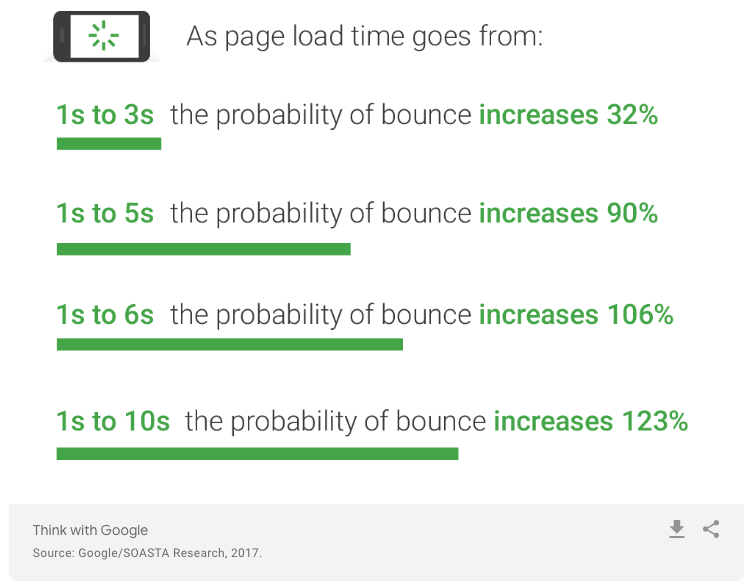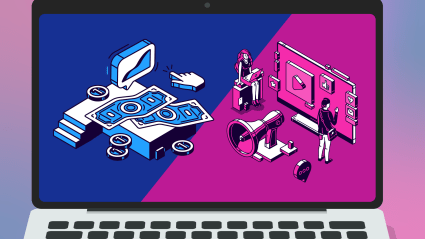As a brand leader, you know that expectations continue to climb. Whether it’s faster customer service responses, more lenient return policies, or cheap (read: free) shipping, consumers want it all. While you’re attempting to meet and exceed these needs, it can feel like a losing battle with someone who always wants just a little more. According to Webology, many law firms struggle with lead generation because they get bad referrals and a lot of ‘tire kickers’ just looking for free advice.
Have Customer Expectations Gone Too Far?
Salesforce Research shows that 51% of customers say that most companies fall short of their expectations for great experiences. Amazon has pushed us to ambitious shipping standards and customers can be blind to logistical rules of reality. Oft-quoted Bain research has shown that 80% of CEOs believe they deliver superior customer experience while only 8% of their customers agreed.
You might be tempted to think that customers expectations have finally become truly unattainable.
But this trend isn’t new–the Bain research is actually from 2005.
And even if customer expectations have erred to the side of unreasonable, that line of thinking it won’t help you or your bottom line.
So, what can we do when customer expectations feel impossibly high? If you really want to improve your customer service, then consider hiring a business sms service provider.
The Most Important Areas for Delivery
At the risk of sounding reductionist, we’re continually surprised by the number (and caliber) of brands that don’t deliver on core competencies. Start where you can, build the foundation, and go from there.
Your Website Must Be Fast and Efficient
Everyone wants to know the new channel or trendy strategy, but without a high-quality website, what’s the point? When generating and measuring digital success, your website is your most crucial component.
One of the biggest issues we continue to see is page speed. Recent Google research shows 53% of mobile site visits leave a page that takes longer than three seconds to load. Just three seconds.
So we all have fast websites, right?
Nope. But why?
We find the reasoning generally falls into one of three categories: 1) legacy code is holding you back and fixing it would be a monumental task 2) development needs that would improve page speed are pushed off in favor of more pressing or exciting projects 3) aesthetic and creative are being prioritized instead.
All of these concerns are valid. But if you want to stay ahead of the competition, you must tackle the big problems.
Forrester Consulting/Akamai research shows that 14% of your audience will start shopping at another site if your page loads are slow, and twenty-three will simply stop the shopping experience or leave entirely.
Again, this isn’t new. The research is from 2009, and expectations are only increasing. Over the course of this time, mobile has also taken over, further exacerbating the problem.
Where Can I Start?
First, do you know where you stand for features like page speed? Are you also familiar with the drop-off points on the path to conversion? Your first steps are to look at your site, access its challenges, and know your truth.
There are several straightforward tools to help, many of which are free. Google PageSpeed Insights, for example, is a free tool that not only scores you, but also provides the detailed reasoning behind your score. Other helpful tools include webpagetest.org, a free global speed test.
Once you have an idea of where you stand, prioritize based on impact. Depending on your resources and familiarity with the technical side of your site, it may also be helpful to hire a conversion rate optimization expert. It doesn’t matter how beautiful the site or effective your online advertising is if your site is letting you down, so this budget is well spent.
Your Brand Story Must Be Compelling–And Felt
The other part of your foundation is your story. In a world where pricing and availability are so competitive, you must have something extra to stand out.
A well-defined story wasn’t always a top priority for many brands. We’ve all seen the increased content around storytelling and the well-known brands that have gotten it right (or wrong), and we’ve come to a point where knowing and living your story, and telling it effectively, are all table stakes. Consumers care about the mission and meaning behind your product or service more than ever.
Not only are we wired to remember stories, they sell. According to research by Headstream, if people love a brand story, 55% are more likely to buy the product, 44% will share the story, and 15% will buy the product immediately. Those are alluring numbers outside of the hope that you naturally already want to live an authentic brand story. Even Amazon research shows indications of the importance of story, as 74% of consumers cited brand name as an important factor when selecting a product.
Where Can I Start?
The first question is, what DOES stand out for your brand?
If you said quality, we’re here to give you a kind-but-firm reality check. Everyone says quality, but it is rarely true. If you think “but it really is for us!” then we expect to see a money-back guarantee and a mountain of proof through social and video.
Now, your story doesn’t have to be a charitable mission or environmental commitment. Maybe it’s your customer service or the audience you choose to serve.
Only you can determine what you won’t compromise on.
You also can, and should, have different angles for your story. Admittedly, not everyone will be a brand story consumer. Dig into who your customers are to see what different aspects of your story you can highlight. Maybe your product speaks to someone with a unique style and independent streak, but if it’s also affordable, then that can be another facet.
After you’re clear on your story and its angles, you must lead your team to include it at every opportunity.
Some key questions to ask to ensure your story is well-defined:
- Do you have a brand guide that outlines your story and provides key phrases?
- Can everyone sum up your story in a few sentences? Not memorization, rather able to articulate bc it is so obvious and core to your brand.
- Are you telling your story everywhere through your content? This should be a key component to your content planning for all assets, including social, email, content, blogs, and videos. It should clearly be in places like the “About Us” page, and story-focused content will be your evergreen content in all forms from static to video and all assets.
All of these things will contribute to that last bit of being “felt” by your audience. It doesn’t matter how compelling a story is if you aren’t clearly conveying it.
Your Focus Must Be On the Customer
People will forgive you for less-than-ideal delivery times or other minor inconveniences if you remain committed to them as your valued customers.
Customer service is an easy example. Everyone wants good customer service, whether it’s your team of the end-user. Delivering quality service is possible and completely in your control.
And bringing things back around to the all-important shipping debate, yes, your customers want free shipping. According to Accent, a whopping 88 percent of consumers would be more likely to shop at a site online if they were promised free shipping.
Again, blast from the past, as the research was from 2014. Since then, more than 100 million U.S. subscribers have joined Amazon Prime.
Yet, depending on your unique logistics, free and fast shipping might be impossible. We get it.
More importantly, you should know how your customers prioritize delivery speed in relation to other benefits. What else do they care about? Is there something else you can offer that would make the cost of both time and money easier? Only you can give potential customers a reason to purchase from you, regardless of shipping.
Where Can I Start?
You have to evaluate this for yourself: are you putting your best effort into serving your customers? And do you actively listen to your customers?
Your gut might be to say yes, but who, specifically, spends time listening to customers? How much time, how often, and how are takeaways and learnings shared with your team?
Surveys are some of the easiest to implement tools to learn from your customers. But they must also be strategically crafted and evaluated. We won’t go into detail here, but take the time to ensure that your survey results will be useful by removing questions that are leading, confusing, or double-barreled, or have options that aren’t mutually exclusive. We see a host of flawed surveys, both as marketers and as consumers, and have even come across some examples that don’t give room for enough (or any) critical feedback.
But your listening initiatives don’t even need to be as time-intense as a survey. Consider informal options like social media pools. People want to feel like their voices are being heard.
The next part is the most important, and yet, the hardest. Responding.
Be prepared to say: this isn’t great. Your results might bring up a litany of issues for you to address, from slow shipping to lackluster customer service. Review and prioritize these as you would any other project, and be transparent. If you’re actively working on customer service issues, hiring seasonal staff, or switching your tech tool, let your customers know. They may be willing to forgive you, but they won’t have the chance if you say nothing.
Building Trust In A World of High Expectations
Regardless of whether customer expectations have gone too far, this is the world we live in, and the world in which we are building brands. While it can be tempting to take a defeatist attitude, you do have the power to focus on what matters.
And whether it’s Amazon or another competitor, these brands are pushing everyone in the market to be better. So instead of playing catch up, take the proactive approach that can drive success for you.








Responses